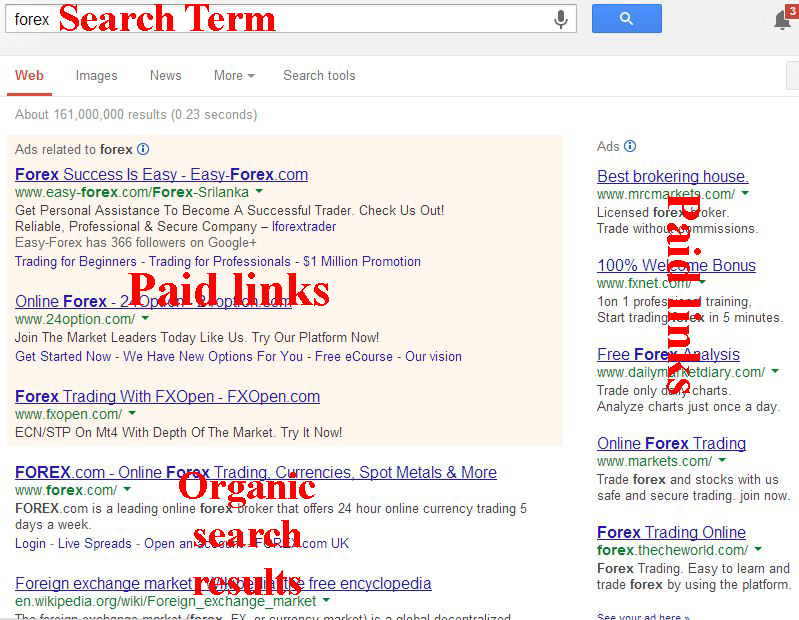The reason I’m recommending
Squidoo and
Hubpages is because both of them are very good source of traffic and backlinks.
More and more people are coming in to any of these websites to search for new and interesting topics of their niche. I suggest that you write a review or any topic that is related to your product’s niche.
Make it at least 300 to 400 words, and include widgets like polls, images, videos, etc.
Squidoo and
Hubpages will automatically publish your content if you have finished andsubmitted this. In terms of landing pages,
Squidoo calles it as lens while
Hubpages called it as Hub. Both of these websites won’t allow duplicate content, so I advice you not to copy someone’s content from other websites. Be more unique in creating your own articles on
Squidoo and
Hubpages that were not published elsewhere. If you are not sure of your article’s number of words, you can check it through a free online tool called Word Count Tool.
All you have to do is copy paste your content to the tool’s content box and click the “Submit” button. The result will appear in a few seconds below the tool to display the number of words.
After your landing page is ready, you need to remember the public link of your
Squidoo lens or your Hub. You must use that link to promote your article published on any top-tier article directories like
Ezine Articles.
I suggest that you may start with
Ezine Articles before publishing them to other top-tier article directories. Once again, you need to create another unique article with at least 250 words as required. There’s a resource box below the keywords/tags box, which you may put your
Squidoo and
Hubpages link as source.
You have to write at least one full sentence about your landing page and to put the link in your designated keyword on your
Ezine Articles resource box. It needs a little HTML knowledge from you, but it is quite easy.
Example of your resource box:
This is the HTML mode:
Get free tips, tutorials and ideas on our website at <a href=”http://www.ebookjerk.com/”>eBookJerk.com</a>
This is the live text when previewing or published by
Ezine:
Get free tips, tutorials and ideas on our website at eBookJerk.com
Without putting your HTML code as your designated keywords in your author box, your link cannot be clicked and counted as a backlink.
As a basic author of
Ezine Articles you are allowed to publish up to ten articles for now. Once all of your articles are approved by
Ezine Articles, they will raise your rank of membership to Basic Plus Author.
It will increase the number of submissions you have in
Ezine Articles until you have reached the limit. They will publish your articles within 7 working days, depending on the volume of submissions. Once they are finished evaluating your submissions, they will upgrade you to a Platinum Author or they will require you to submit another batch because of grammatical mistakes and topics that are not allowed by
Ezine. Being a Platinum Author allows you to submit unlimited articles and you are given a priority status that your published or edited articles will be published within a day or two (except weekends).
But that’s not all!
It is not yet enough for your published article to just stay as ease on
Ezine itself. There is what we call link sharing.
We can share the links to everyone through the use of different social media and bookmarking sites. I truly suggest you must share your
Ezine live link on any of the following:
AND A WHOLE LOT MORE!
As long as you spread the word to everyone about your articles, there is a chance that you might generate a commission from your product through your published article.
They will go to your landing page on
Squidoo and
Hubpages first before clicking the attached affiliate link there.
Your affiliate link will be tracked down by your affiliate program whether the visitor or customer purchased the product or not. It is understood that we cannot control the customers or visitors. Patience is a virtue until you get sales from someone who clicked your affiliate link. For me, I think it’s normal that we could estimate that 10 out of 100 visitors that visited your affiliate link will buy the product, just like traditional marketing.
So I think you need to continue spreading links through using different high traffic social media and bookmarking sites.
I also recommend you to share your
Ezine or landing page links to:
• High traffic and relevant forums
• High traffic and relevant blogs
• High quality article directories
• High quality web directories
• High traffic social networks
This is how article marketing was one of the most powerful free methods to make money online with affiliate marketing. It needs a lot of work and research for your designated product or niche, but it will give you good benefits in return.
Anybody can do this, even if you are a beginner. Now we’re through with this method, let’s go to another free method.
And that is not all, if you want help with writing articles and make sure you use Magic Article Rewriter and Submitter








